- What we offer |
- PLI Support |
- Magazines |
- Blogs|
- Login |
- Register

Knitting is a fabric manufacturing process in which yarn loops are intermeshed to form a fabric. Knitting is the most common method of inter-looping and is second only to weaving as a method of manufacturing textile products. The conversion of yarn into loops can be done either in a horizontal direction or in a vertical direction. Therefore, two types of knitting trades have been developed, the fabric built up in horizontal direction is called weft-knitting, while the fabric built up in vertical direction is called warp-knitting. Weft knitting is the most common types used by the manufacturer to produce textile knitted... View More
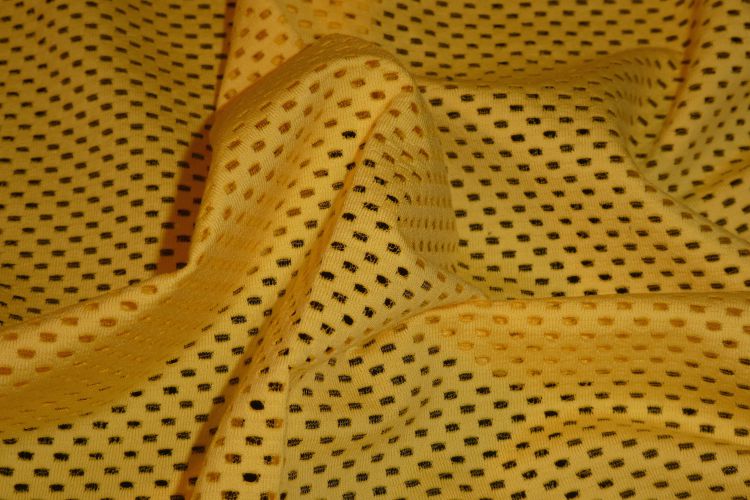
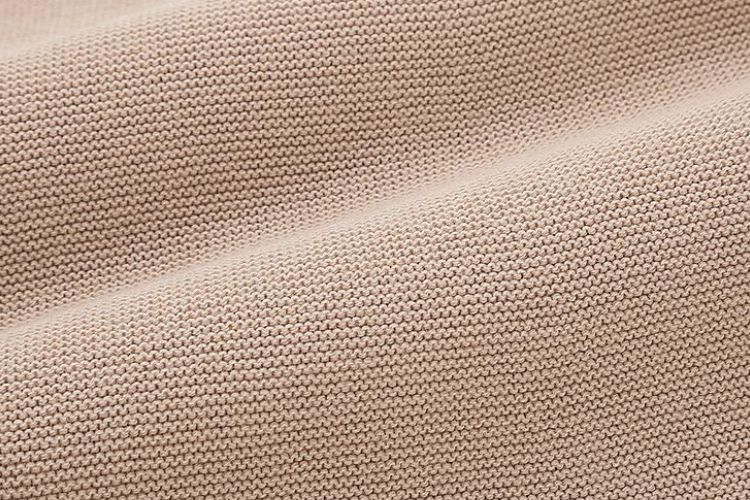
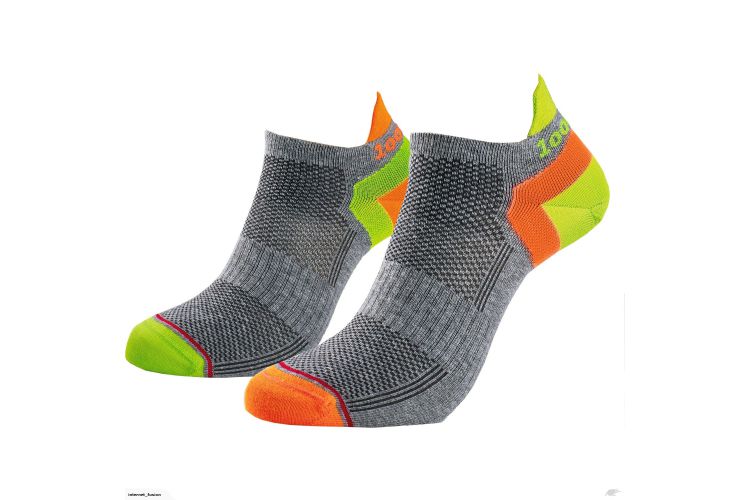
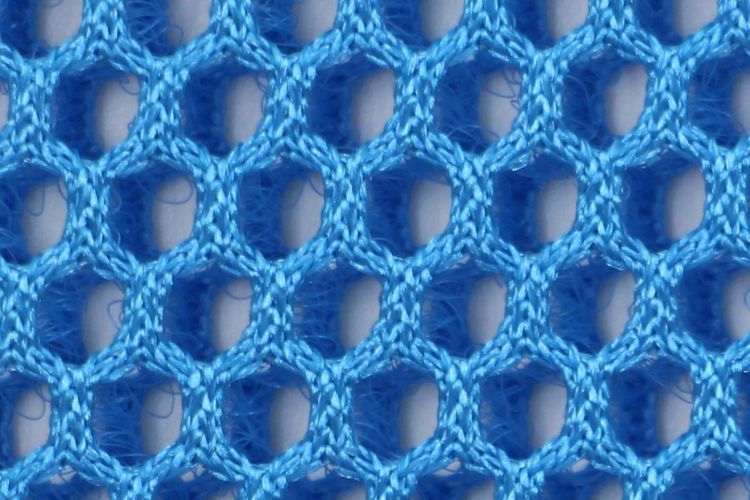
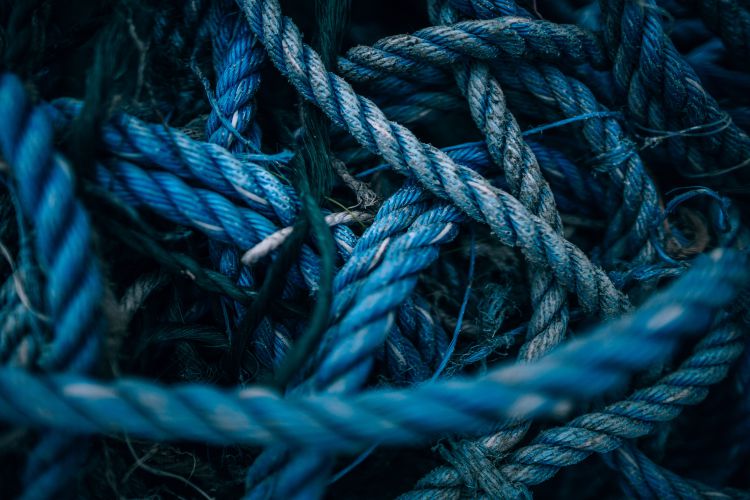

A flat knitting machine is a two-bed machine. The most important mechanical features of a flat knitting machine are the supporting frame, the yarn feeding system, a trans... ....View More

Sock is a type of cloth manufactured by the knitting technique, it covers the foot and legs complete or partial. There are many types of socks used for casual, sports a... ....View More

Warp knitting is defined as a loop-forming process in which the yarn is fed into the knitting zone, parallel to the fabric selvage. The source of yarn on a warp knitting ... ....View More

Circular knitting is a form of knitting that creates a seamless tube. When knitting circularly, the knitting is cast on and the circle of stitches is joined. Knitting is ... ....View More